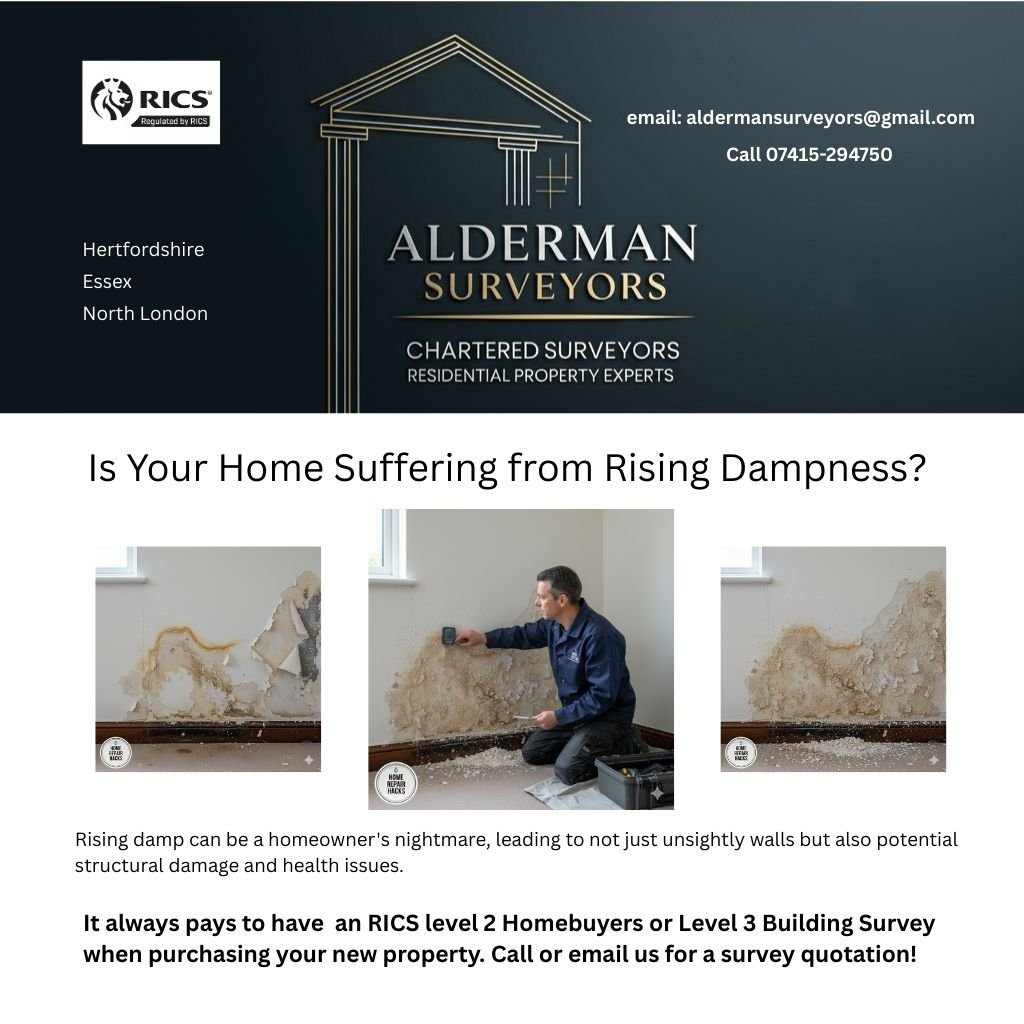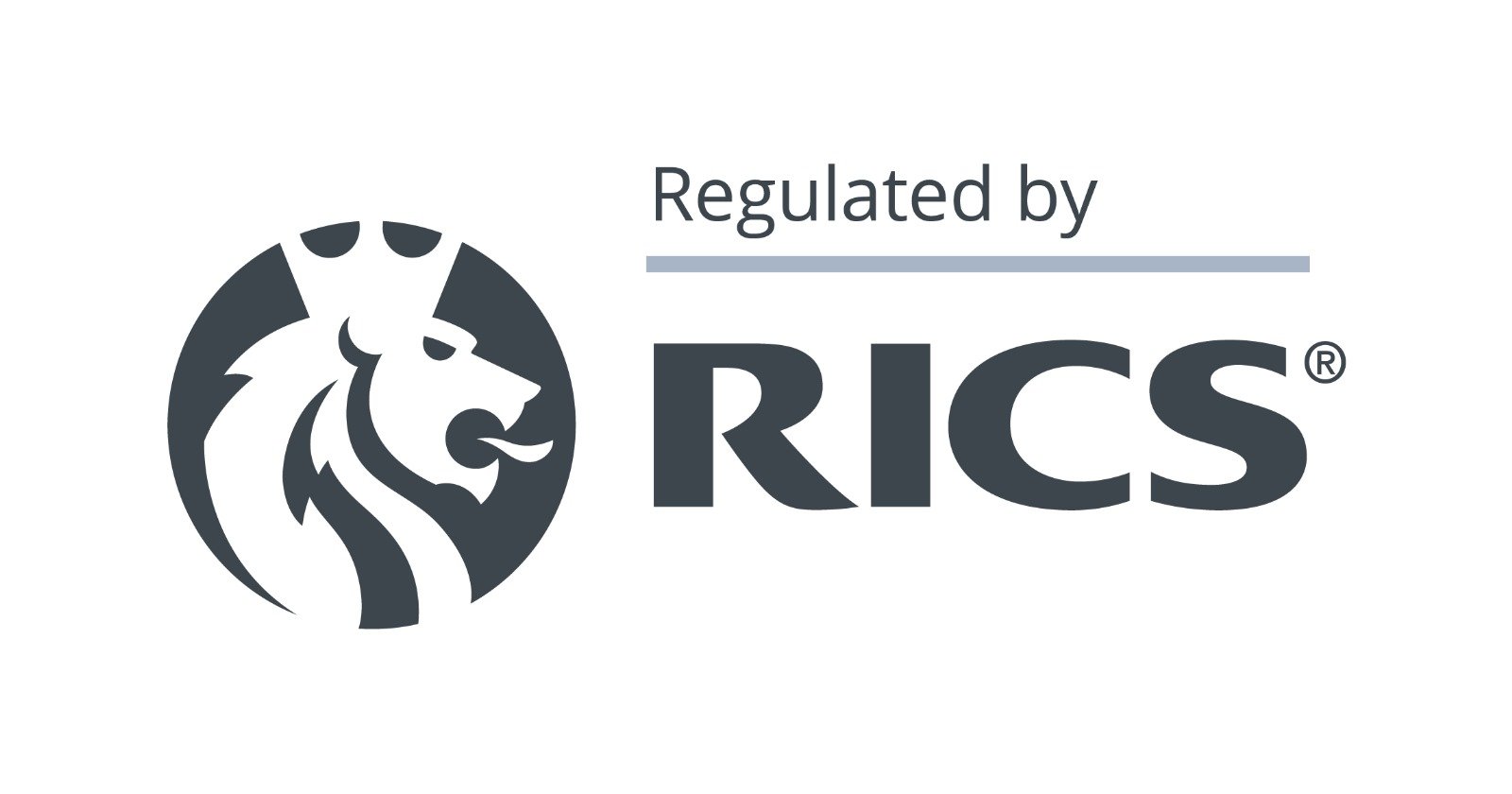
Understanding the Problem
Rising damp occurs when groundwater from the soil travels up through brickwork and mortar. Because bricks and mortar are porous, they naturally act like a sponge, soaking up moisture.
Normally, a damp-proof course (DPC) creates a protective barrier to stop water from moving above a certain level. But when the DPC fails or becomes bridged, moisture begins to rise through the walls—often carrying salts from the ground with it.
Signs of Rising Dampness
Early detection is key to preventing long-term damage. Watch out for these warning signs:
- Tide Marks – A visible, discoloured line on walls, usually brown or yellow.
- Peeling Wallpaper & Flaking Paint – Finishes start lifting away due to trapped moisture.
- Salt Deposits – A white, powdery substance on the wall’s surface as water evaporates.
- Musty Smell – A damp, earthy odour, particularly near skirting boards or lower walls.
- Deteriorating Plaster – Plaster softens, crumbles, or bubbles.
What Causes Rising Dampness?
Several factors can lead to this problem, including:
- Failed or Damaged DPC – Old or poorly installed damp-proof courses eventually break down.
- Bridging – Raised garden beds, high paving, or debris inside walls can bypass the DPC.
- High Water Table – Properties built in areas with naturally high groundwater are more at risk.
How to Deal with Rising Dampness
If you suspect rising damp, don’t ignore it. While minor DIY fixes exist, professional intervention is usually the best option. A damp-proofing specialist can assess the situation and recommend effective treatments such as:
- Chemical DPC Injection – Injecting a new damp-proof course into the mortar.
- Plaster Replacement – Removing and replacing contaminated plaster.
- Physical DPC Installation – Adding a membrane or damp-proof render for long-term protection.
Final Thoughts
Rising damp isn’t just an eyesore—it can seriously weaken your property’s structure if left untreated. By staying vigilant and acting quickly, you can prevent costly damage and ensure a healthier living environment.
👉 If you think your home may be affected by rising dampness, contact us today for a professional survey and expert advice.

